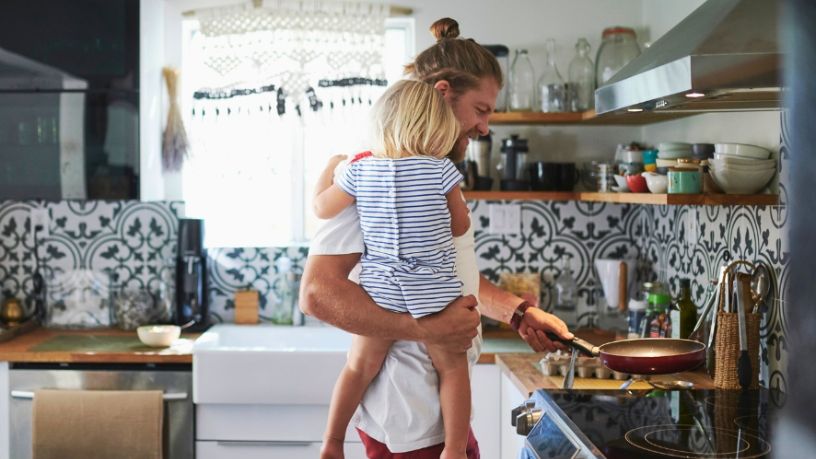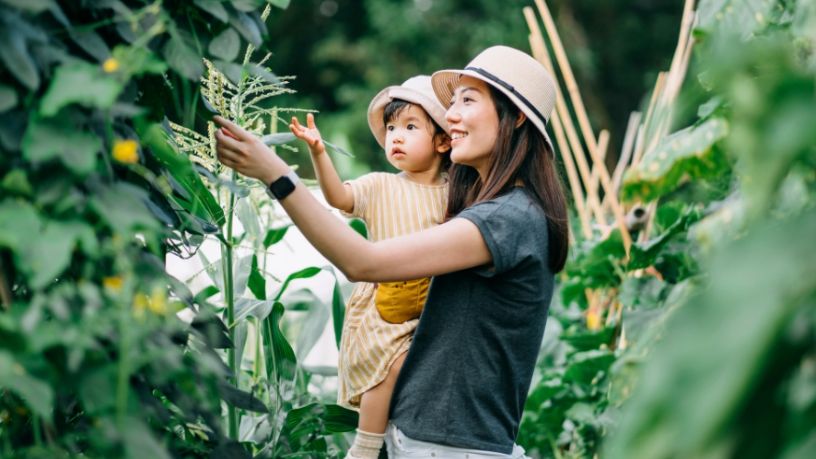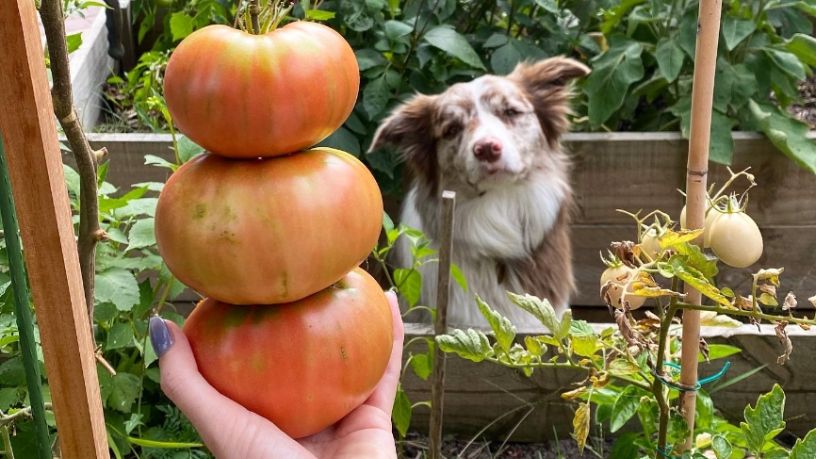Keeping a well-stocked first aid kit in the home, office and car can help you handle emergencies when they occur.
Key takeaways
Discover 12 essential items for your own home first aid kit.
These vital tips for storing and maintaining your first aid kit can save lives.
A well-stocked first aid kit is essential for the home and car to help handle life’s accidents. While you can purchase well-organised home first aid kits, creating one yourself can be simple and cost effective.
Before you start building your first aid kit, make sure you have a large plastic container as the base of your kit. You can use smaller containers or baskets to divide the contents into logical compartments.
First aid essentials
These 12 essentials will help get you started.
1. Adhesive strip dressings
Adhesive strip dressings (aka Band-Aids or plasters) are small, soft, sticky dressings for minor cuts and skin injuries. They should not be used on burns or grazed skin. Here, non-adherent (not-sticky) wound dressings are more appropriate.
2. Non-adherent wound dressings
These non-sticky dressings can help control bleeding and protect wounds. It’s a good idea to keep a few different sizes in your kit, especially if you have adults and kids in the same household.
3. Elastic (crepe) and non-elastic bandages
Crepe bandages are used for bleeding wounds to help hold wound dressings in place, apply pressure and provide support. Non-elastic bandages can be used for slings, to help hold splints in place and to help restrict movement.
4. Swabs and disposable gloves
Swabs are used to clean hands, wounds and surrounding skin. They come individually wrapped to help keep them sterile. Disposable gloves help to prevent infection. Make sure you buy a size that will fit all adult hands in your household.
5. A pair of scissors and blunt-nosed shears
Scissors can cut dressings and bandages to size, while shears can cut away clothing when necessary.
6. Tweezers
Tweezers are essential for removing splinters. Invest in a pair with elongated pointed ends, which are specifically designed for this job.
7. Saline
Saline solution, which contains sodium chloride (salt) and water, is used to clean wounds and flush minor irritants such as dust, sand and insects from eyes.
8. Burn relief cream or gel
Burn creams are useful when there is no cool running water available. They can be applied to minor burns or provide relief when travelling to medical assistance.
9. Adhesive tape
Porous adhesive tape, such as the type you see in hospitals and pharmacies, is one of the most important items to include in a first aid kit. It helps secure dressings and keep them in place.
10. A thermal blanket
Emergency thermal blankets prevent the loss of body heat by reflecting heat back to your body. They can also deflect heat when used as a shelter from the sun.
11. Notepad and pencil
These are important for recording times and details of an illness or injury.
12. Medications
It’s a good idea to carry pain-relieving medication like paracetamol or ibuprofen for both adults and children. Parents with young children should have plastic syringes for correct dosing and consider a digital thermometer to keep track of body temperature.
How to maintain your first aid kit
It’s important that your home first aid kit is well-stocked, up to date and easy for adults to access. A high cupboard in the kitchen can keep it out of reach of children.
If you’re storing a first aid kit in your car, make sure it’s safely secured and won’t fly around when moving.
Make sure you routinely check use-by dates to make sure medications haven’t expired.
While a well-stocked home first aid kit is a great asset, it’s strongly recommended that at least one member of your household is trained in first aid.
Resources
The Australian Red Cross has more information, resources and first aid training available.
St John Ambulance has first aid facts, products and training.
Always call triple zero (000) in an emergency.

At Bupa, trust is everything
Our health and wellbeing information is regularly reviewed and maintained by a team of healthcare experts, to ensure its relevancy and accuracy. Everyone's health journey is unique and health outcomes vary from person to person.
This content is not a replacement for personalised and specific medical, healthcare, or other professional advice. If you have concerns about your health, see your doctor or other health professional.
You might also like...
3 low tox kitchen swaps
Looking to reduce the toxins in your kitchen but not sure where to start? Discover 3 simple swaps you can make today.
Living low tox: What it is and how you can do it
Let’s talk toxins and how you can reduce them in your life.
Can gardening improve your health and help the planet?
Here are some ways you can get started on your gardening journey and make the most of nature to improve your physical and mental health.
Lozenge or lolly? How to find a cough drop that actually works
Lozenges of every colour and flavour often share shelves with lollies, but can they help a sore throat or tickly cough? Or are they just another sugar hit?





